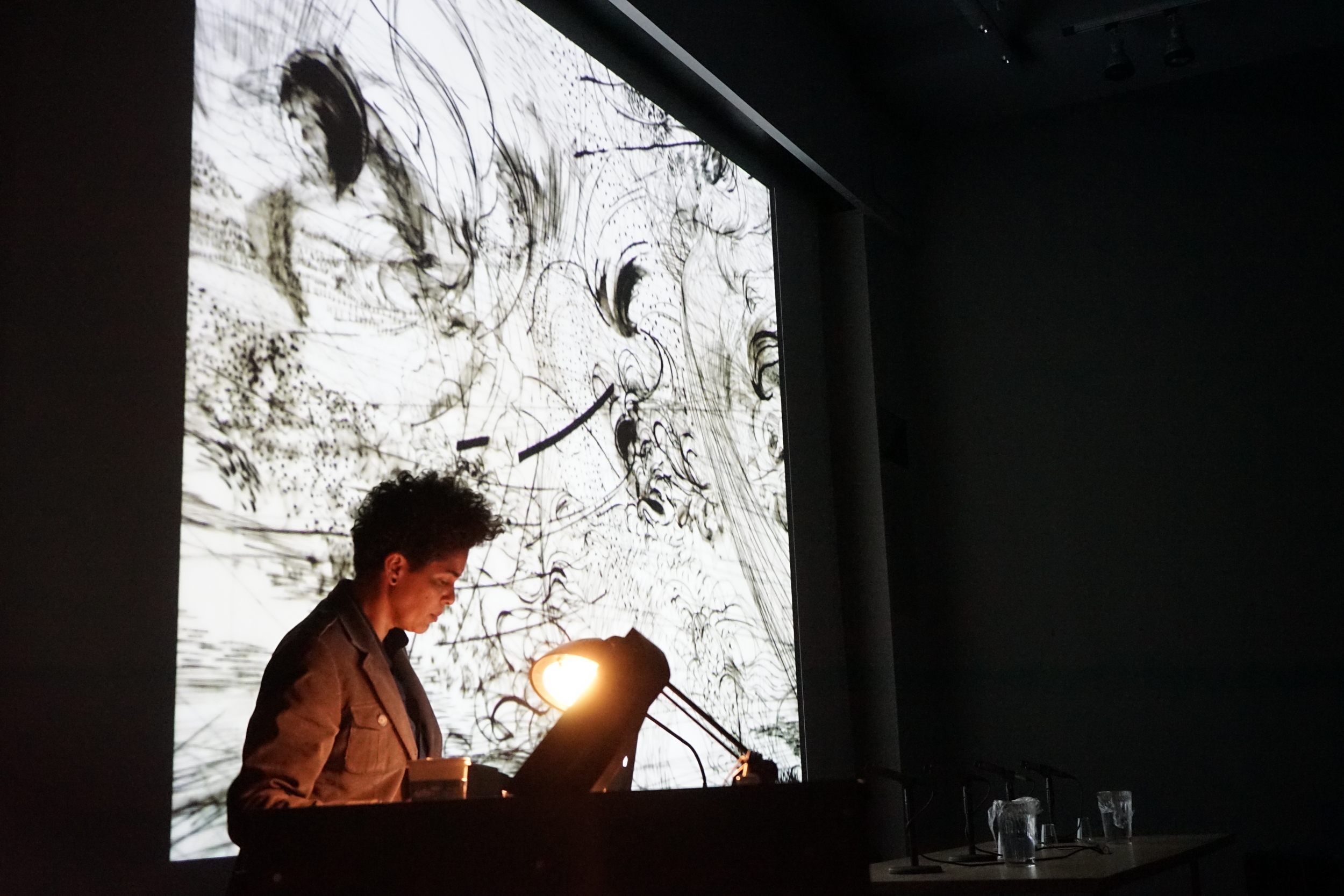Columbia University GSAPP
2013–14
Director, Events and Public Programs
Design by MTWTF
Design by MTWTF
Design by MTWTF
Design by MTWTF
Design by MTWTF
Download the Fall 2013 events poster
Download the Spring 2014 events poster
"On Studs Terkel and Fall 2013 Events"
Interview by Jeannie Kim
Originally published on CC:GSAPP, September 12, 2013
Jeannie Kim: We heard that this year’s lecture series took a cue from Studs Terkel’s 1974 study of what makes work meaningful. The resulting book (and musical!) famously revealed that, in fact, many people were not that fulfilled by their work. Why revisit his work forty years later? Are we any happier?
Gavin Browning: Not all workers in Working are alienated. Studs says that the testimonies collected within—a twelve-year old newspaper delivery boy, a gravedigger, a model, a mason, a steelworker, a sex worker, a hospital aide, the then-film critic of the New Yorker Pauline Kael—represent the search for “daily meaning as well as daily bread, for recognition as well as cash, for astonishment rather than torpor; in short, for a sort of life rather than a Monday through Friday sort of dying." The workplace has changed since he surveyed the scene in 1974, but I think people still want a job that means something.
The book’s subtitle is great. People Talk About What They Do All Day and How They Feel About What They Do. It’s a lecture series! I asked speakers to identify a job that is not their job, but one they feel they somehow perform. The resulting scroll of 24 disparate occupations on the handsome two-sided poster by the graphic design firm MTWTF hint at how speakers see themselves and feel about the work they do.
JK: Tell us a bit about the poster.
GB: MTWTF worked incredibly hard to clarify the concept and capture the storytelling aspect of the series. They continued their exploration of overprinting techniques from last year’s riotous and colorful designs, this time with a more subdued palette. Navy over purple on the central titles, whereas October’s “Istanbul Week” is signaled by purple alone. The words jump off the tan paper and white walls of Avery Hall: a smart new post-Labor Day look that evokes Working-era print media, yet is totally now.
JK: As always, some of the most interesting visitors (Rebecca Gomperts of Women on Waves, filmmaker Mira Nair, artist Shuruq Harb) are not specifically designers but have practices that clearly have an impact upon design. How does the intervention of these events impact the overall culture of the school?
GB: I hope in myriad ways. Rebecca Gomperts of Women on Waves and Merle Hoffman of Choices Women’s Medical Center have been at the forefront of the abortion wars in innovative ways, from harnessing the power of the media and public opinion to working with architects on clinic design. Their conversation with Laura Kurgan and Hilary Sample to mark the 40th anniversary of Roe v. Wade will examine the role of design in hindering or enabling access to reproductive health care.
JK: We see, also, that there is (yet) another Studio-X being launched halfway across the globe in October (in Istanbul). What sort of feedback loop or dialogue exists between the increasingly active global bandwidth of the school and its New York flagship?
GB: Istanbul Week is a slice of political and design culture in Turkey today. It couldn’t happen without on-the-ground support from the directors of Studio-X Istanbul and Columbia Global Centers, Turkey. The excellent organization Elastic City, run by Todd Shalom, has produced an original, participatory walk with artist Hayal Pozanti to meditate on Istanbul’s relationship to water (Dertop, or Gleaner), and activist Hayrettin Günç will speak with Yates McKee and Anya Schiffrin on protest and public space (Elçi, or Envoy). The two cities are definitely in dialogue, and hopefully the window opened onto this place will let us see our surroundings anew: Taskim Gezi and Zuccotti Parks; the Istanbul and West Village waterfronts.
JK: Which event(s) are you most excited about?
GB: Personally, Andres Jaqué on interior design and political movements (Decorator), glimpses of daily life in Ramallah today in The Keeper, Shuruq Harb’s exhibition in the Ross Gallery (Distributor), Superpool and Prem Krishnamurthy on working together (Balıkçılar, or Fisherman), Shelley McNamara and Yvonne Farrell’s translation of Gaelic literature into built form (Interpreter), Jeffrey Sachs on the future of energy (Auditor), and how the Museum aan de Stroom brings it all together in Antwerp (Weaver). But there’s something for everyone.
JK: Which job would you most like to have other than the one you currently do?
GB: HR.


